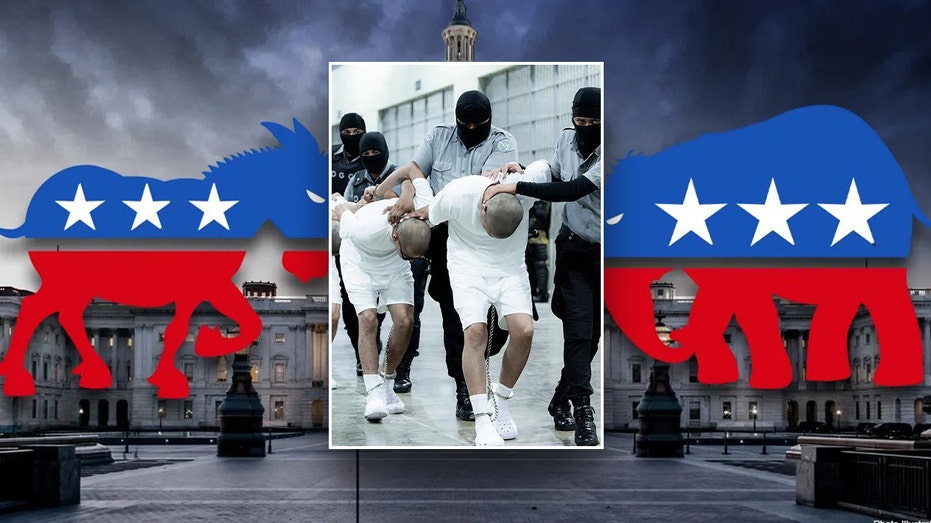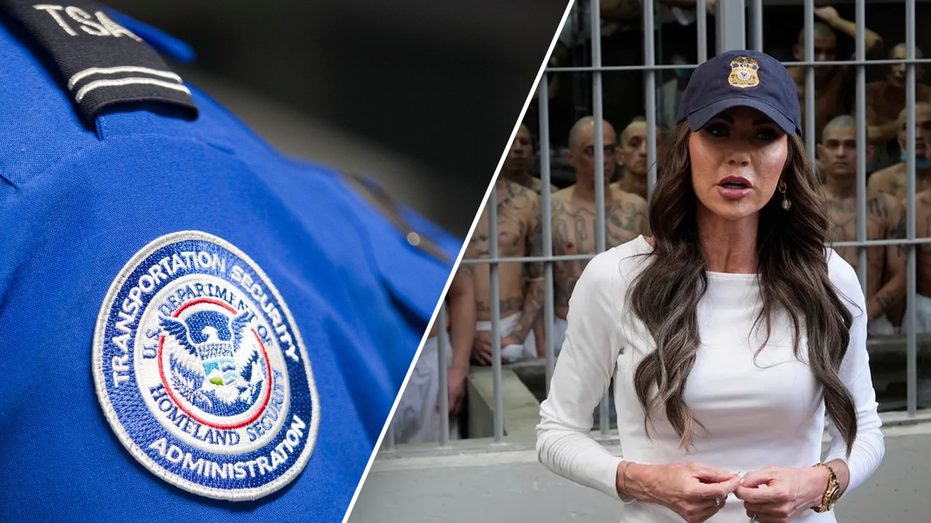For nearly two hours Monday, Weber State University faculty vented their fears and frustrations over the school’s plans to meet state-imposed budget cuts — which will mean cutting 49 faculty and staff positions and 32 academic programs. One professor said the personnel reductions have hurt morale and pushed many to act “like we’re in ‘The Hunger Games.’” Others said they were afraid more cuts would come.
Another asked why the university was “pandering” to the Legislature’s demands. Melina Alexander said the decisions felt “ideological” after both of the academic minors she taught, queer studies and women and gender studies, were slashed. “It gives a message to students that I don’t think we want to give them, that we’re not supportive of women or our queer population,” she said, particularly after Utah last year banned diversity, equity and inclusion efforts in higher education.

“I don’t like that. I don’t think Weber is like that.” President Brad Mortensen stood at the front of an auditorium and tried to answer the questions that came up as concerned faculty rotated around the microphone.
“We certainly can’t ignore that this is a very trying time for higher education,” he said. The town hall Monday was the first comprehensive update on Weber State’s plans. Previously, the school had released initial changes that focused on restructuring its College of Education , which trains a significant portion of the state’s K-12 teachers.
That included eliminating one administrative position. The strategy has remained the same as the Ogden school works to come up with the full amount it faces in reductions at $6.7 million.
Of the 49 positions now eliminated, 11 are administrative and will amount to $1.6 million in savings. Ten staff positions and 28 faculty positions are also cut, with a combined total of $4.
7 million. Mortensen said employee reductions were necessary as that’s the highest area of spending for the university; but he said he tried to limit the impact and keep his focus on students. It’s unclear, though, if the Utah System of Higher Education and the Legislature will ultimately approve his plan — or if more cuts will be needed, he said.
A final decision will come in September. “At what point can we stop worrying if we have a job going forward?” one professor asked. Mortensen said he didn’t have an immediate answer.
“We have worked really hard on the budget cut side of this and tried to be as compassionate and careful as we could,” he noted. “..
. I don’t pretend to think that anyone is happy with the plan. It’s not a pill that any of us asked for.
” School spokesperson Bryan Magaña clarified that all of the affected jobs were either recently left vacant or departures came through voluntary separations. “With that said, some employees did take the separation (or accept a different role at the university) after knowing their areas were looking at cuts,” Magaña said in an email. Which classes are being cut? The school will also shutter its West Center in Roy that offered some courses, test administration and a computer lab.
And it’s eliminating 89 courses; that, specifically, saves $285,000. That also results in 32 academic program cuts, which prompted the most heartburn among faculty. Overall, it amounts to discontinuing: • 17 majors and degree emphases, including German and art education.
• Seven certificates, including field botany and jazz studies. • And 8 minors, including ethnic studies and linguistics. Some said it felt like liberal arts and humanities programs were specifically cut, as many originally feared.
Weber is the second school now in the state — following Utah State University last week — to specifically list what programs will be axed. That was a specific goal of the Legislature in pushing forward with the budget cuts. State lawmakers said they wanted to see more efficiency and less waste in higher education.
They slashed $60.5 million across the board, with the demand under HB265 that schools reduce majors or programs that have few graduates and lead to lower paying jobs. A university can get its share back only if it proves it’s reinvested in high-wage jobs that the state needs.
The decisions are supposed to be based on a handful of data points, including graduation rates, wage outcomes and program costs. Mortensen said no dashboard has been perfect, but he’s tried to use information from both Weber State University and the overarching Utah System of Higher Education to justify what programs are low-enrollment. There were 49 minors, he said, that all had fewer than 10 students enrolled.
Not all were cut, he said, because the school considered multiple factors. When pressed by Alexander about the elimination of the queer studies and women and gender studies minors, Mortensen said the school tried to cut, under one focus, academic programs that fell outside of a department. Alexander countered that will be hard to justify to donors and students.
Each program cut, as specified under the law, will also have three years to be taught out, so students currently enrolled can finish. But several professors said that will be a challenge for a school like Weber State, where students often take longer to finish their degrees because they’re more likely to be balancing jobs and families. Roughly 30% of Weber students finish a bachelor’s degree in the typical four years.
Mortensen said the timeline “might not be practical,” but that it was out of his hands. Some lawmakers, he said, have told him they might be willing to provide one-time funding, if needed, to cover a final cohort of students graduating, but he doesn’t want to count on that. (Francisco Kjolseth | The Salt Lake Tribune) Brad Mortensen, president at Weber State University, attends a meeting of the Utah Board of Higher Education in Salt Lake City on Friday, March 28, 2025.
His proposal for addressing those who might fall through the cracks is creating a new major called the bachelor of university studies. It would essentially try to catch students who have earned a lot of credit hours but haven’t finished a major to get them graduated. To accomplish that, Mortensen has proposed eliminating a similar bachelor of interdisciplinary studies program — which required more of students and was expensive.
“I guess at this point, it’s a fact that we’re being cut,” said one professor who had been involved in teaching coursework for that. Several faculty members echoed him, calling the new program “a bad idea.” One asked how a student will be able to get a job after getting a general degree outside of a specific field.
Mortensen said he’ll continue to refine the thought. The school will also consolidate several majors and departments, including merging six economic majors into four and combining dance and theater into one program. Most of the mergers will be among secondary education majors, which previously had 31 options that Mortensen said were specifically scrutinized by lawmakers looking at “excess.
” Nursing programs will also be condensed. And the school will take out “redundant” classes on ethics and research methods that used to be offered by every department. Now, those will be offered more generally and apply to all students.
All undergraduate classes will also need at least 10 students enrolled in order to be taught. What’s next? Several faculty members said they’re worried what the Legislature might look at next. Another asked why Mortensen was going along with what lawmakers have mandated instead of pushing back.
“This has already been hard enough,” one professor said, choking back tears. She questioned if academic freedom, in particular, might be the next target. The president said public schools are reliant on the Legislature for money to keep the lights on and pay for employee salaries.
“They do have significant influence on how we operate as an institution,” he added. With academic freedom, Mortensen said, he’s been trying to have conversations with legislators about why that matters. He said they’ve been largely receptive.
Mortensen mentioned the bill passed this year that looks to revamp the required general education curriculum for bachelor’s degree students — first at Utah State University, then possibly all public colleges and universities. The president said he’s not sure how that will play out, but he promised to defend academic freedom as “sacrosanct.” The Utah System of Higher Education and the Legislature have already teed up a review of all academic programs on a statewide level, he said.
The purpose of that will be to determine if schools here are offering similar or redundant programs that could be reduced. Weber, he said, should try to make its programs as strong as possible in anticipation of that. “That’s one of the next waves that’s already out there,” he said, “that we can see on the horizon.
” (Rick Egan | The Salt Lake Tribune) Louis Frederick Moench statue, at Weber State University, on Tuesday, Dec 10, 2024..
Politics

Budget cut update: Weber State University eliminates 49 staff positions, 89 classes

Weber State University faculty vented fear and frustrations over the school’s plans for meeting state-imposed budget cuts — which will mean cutting 49 positions and 32 programs. One said it's led employees to act “like we’re in ‘The Hunger Games.’”















